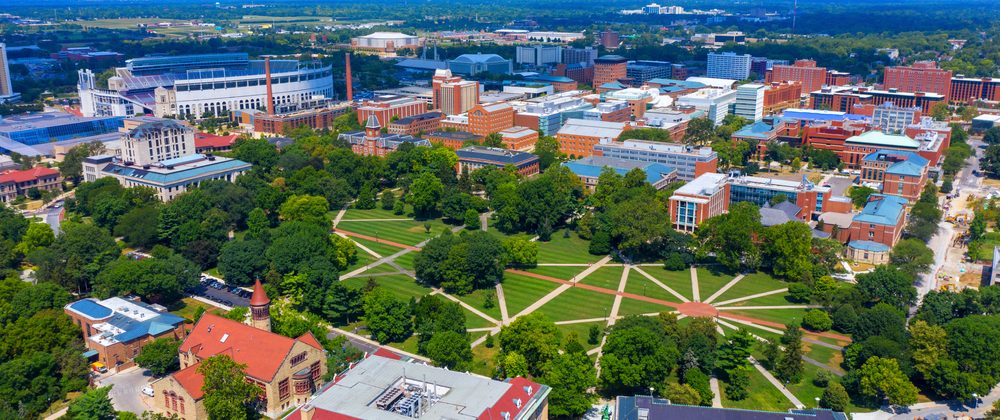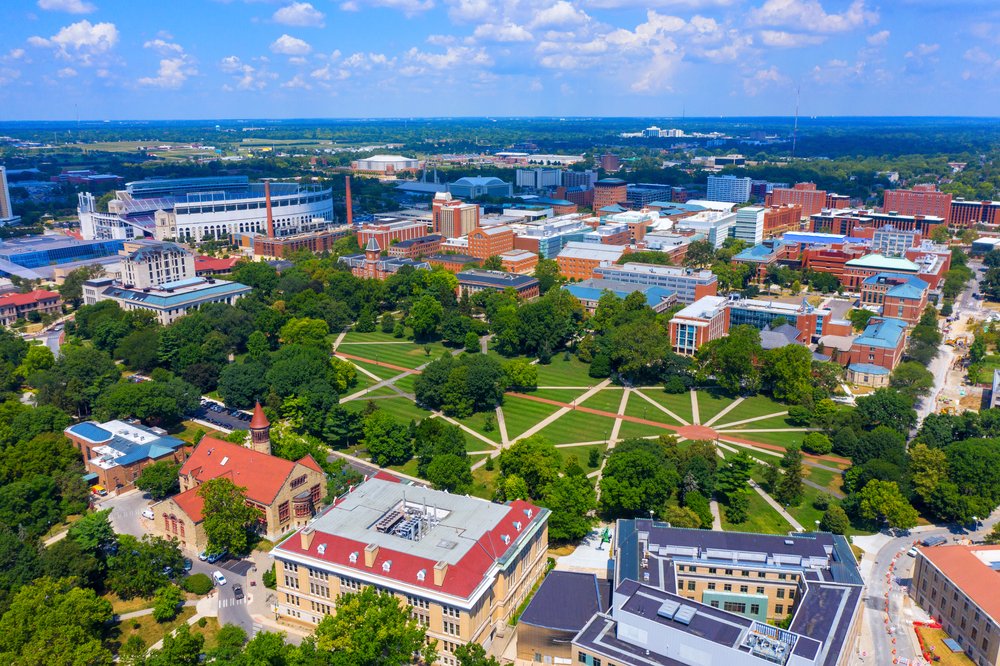

And I am not talking about three straight football losses to Michigan.
John Sailer of the National Association of Scholars, a political conservative education advocacy organization, recently obtained 800 pages of “Diversity Faculty Recruitment Reports” from The Ohio State University. He writes about what he found in a recent piece at The Wall Street Journal titled “Inside Ohio State’s DEI Factory.”
A taste:
A search committee seeking a professor of military history rejected one applicant “because his diversity statement demonstrated poor understanding of diversity and inclusion issues.” Another committee noted that an applicant to be a professor of nuclear physics could understand the plight of minorities in academia because he was married to “an immigrant in Texas in the Age of Trump.”
These examples come from more than 800 pages of “Diversity Faculty Recruitment Reports” at Ohio State University, which I obtained through a public-records request. Until recently, Ohio State’s College of Arts and Sciences required every search committee to create such a report, which had to be approved by various deans before finalists for a job were interviewed.
In February 2021, then-president Kristina Johnson launched an initiative to hire 50 professors whose work focused on race and “social equity” and “100 underrepresented and BIPOC hires” (the acronym stands for black, indigenous and people of color). These reports show what higher education’s outsize investment in “diversity, equity and inclusion” looks like in practice. Ohio State sacrificed both academic freedom and scholarly excellence for the sake of a narrowly construed vision of diversity.
Each report required search committees to describe how their proposed finalists “would amplify the values of diversity, inclusion and innovation.” Some reports were dutiful and bureaucratic; others exuded enthusiasm. All were revealing. Racial diversity was touted as a tool to achieve viewpoint diversity, but viewpoint conformity often served as a tool to meet de facto quotas. One report said a candidate would “greatly enhance our engagement with queer theory outside of the western epistemological approaches which would greatly support us both in recruitment and retention of diverse graduate populations.”
Other committees valued political ideology as an end in itself. In a search for a professor of chemistry, the report notes that one candidate’s “experiences as a queer, neurodivergent Latinx woman in STEM has provided her with an important motivation to expand DEI efforts beyond simply representation and instead toward social justice.” Another report concedes that “as a white male” one proposed finalist “does not outwardly present as a diversity candidate.” In his defense it notes that he recently published on critical race theory.
The reports required search committees to describe how they evaluated diversity statements. The committees cited those statements as the sole reason for eliminating certain candidates in fields as varied as aquatic ecology, lighting design, military history and music theory.
In some cases, committees evaluated diversity statements through an explicitly ideological lens. A committee searching for a professor of freshwater biology selected finalists “based upon a weighted rubric of 67% research and 33% contribution to DEI.” To evaluate the statements, the committee used a rubric that cited several “problematic approaches” for which a candidate can receive a zero score—for example, if he “solely acknowledges that racism, classism, etc. are issues in the academy.” It isn’t enough for a freshwater biologist to believe that racism pervades higher education.
The rubric meanwhile gave a high score for DEI-focused activism outside academia, for demonstrating an understanding of “intersectionality” and for embracing a vision of “anti-racism” that “requires consistent and long-term growth, reflection, and engagement (and that they are prepared to put in this work).”
Viewpoint discrimination aside, these assessments reveal an issue of basic priority. For a search in astrophysics, “the DEI statement was given equal weight to the research and teaching statements.” This would strike many as a poor metric for judging astrophysicists.
A university spokesman told me that Ohio State updated its hiring practices in April “to exclude the use of required diversity statements except when mandated by federal law, research contracts, and licensure or accreditation.”
Candidates’ demographics also appeared to play a significant role in faculty hiring decisions. Throughout the reports, references to the race and sex of candidates abound. Many of the job candidates’ diversity statements emphasized their own “intersectional” identities—“a person of color and a member of the LGBTQ+ community,” “a first generation, fat, queer scholar of color” and so on.
This emphasis seemed to have an effect—sometimes a remarkable one—on the demographic makeup of the proposed finalists. For a role in communications, four of the 46 applicants were Hispanic—and so were two of the three finalists. One role in medical anthropology had 67 applicants. The four finalists include the only two black applicants and the only Native American applicant. “All four scholars on our shortlist are women of color,” the committee said.
Read the rest here.